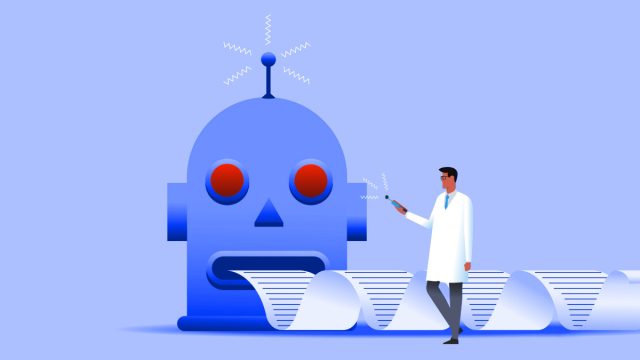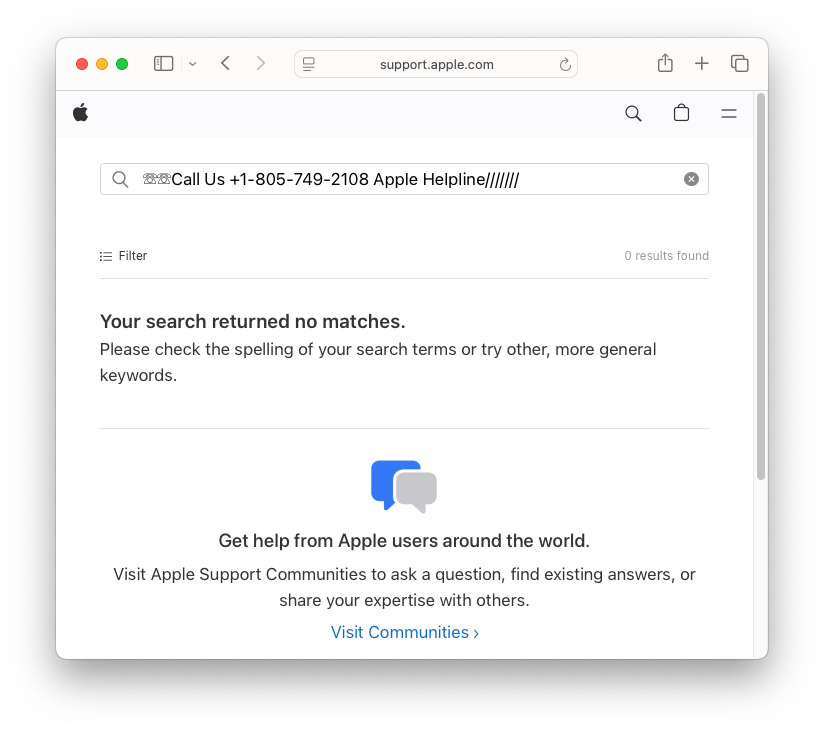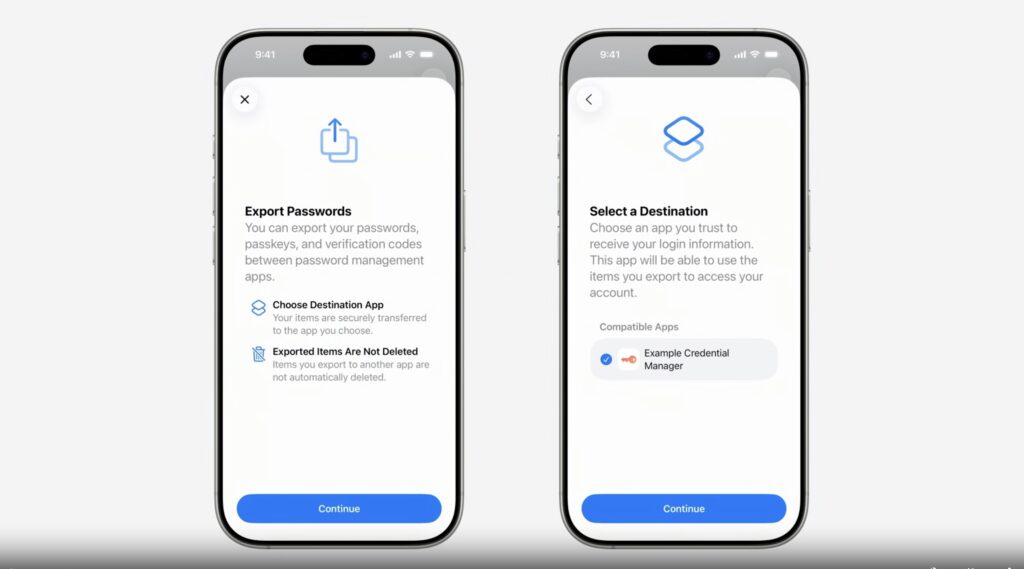Ubuntu disables Intel GPU security mitigations, promises 20% performance boost
Ubuntu users could see up to a 20 percent boost in graphics performance on Intel-based systems under a change that will turn off security mitigations for blunting a class of attacks known as Spectre.
Spectre, you may recall, came to public notice in 2018. Spectre attacks are based on the observation that performance enhancements built into modern CPUs open a side channel that can leak secrets a CPU is processing. The performance enhancement, known as speculative execution, predicts future instructions a CPU might receive and then performs the corresponding tasks before they are even called. If the instructions never come, the CPU discards the work it performed. When the prediction is correct, the CPU has already completed the task.
By using code that forces a CPU to execute carefully selected instructions, Spectre attacks can extract confidential data that the CPU would have accessed had it carried out the ghost instructions. Over the past seven years, researchers have uncovered multiple attack variants based on the architectural flaws, which are unfixable. CPU manufacturers have responded by creating patches in both micro code and binary code that restrict speculative execution operations in certain scenarios. These restrictions, of course, usually degrade CPU performance.
When the investment costs more than the return
Over time, those mitigations have degraded graphics processing performance by as much as 20 percent, a member of the Ubuntu development team recently reported. Additionally, the team member said, Ubuntu will integrate many of the same mitigations directly into its Kernel, specifically in the Questing Quokka release scheduled for October. In consultation with their counterparts at Intel, Ubuntu security engineers have decided to disable the mitigations in the device driver for the Intel Graphics Compute Runtime.
“After discussion between Intel and Canonical’s security teams, we are in agreement that Spectre no longer needs to be mitigated for the GPU at the Compute Runtime level,” Ubuntu developer Shane McKee wrote. He continued:
At this point, Spectre has been mitigated in the kernel, and a clear warning from the Compute Runtime build serves as a notification for those running modified kernels without those patches. For these reasons, we feel that Spectre mitigations in Compute Runtime no longer offer enough security impact to justify the current performance tradeoff.
McKee went on to say that as a result, “Users can expect up to 20% performance improvement.”
Ubuntu disables Intel GPU security mitigations, promises 20% performance boost Read More »

















